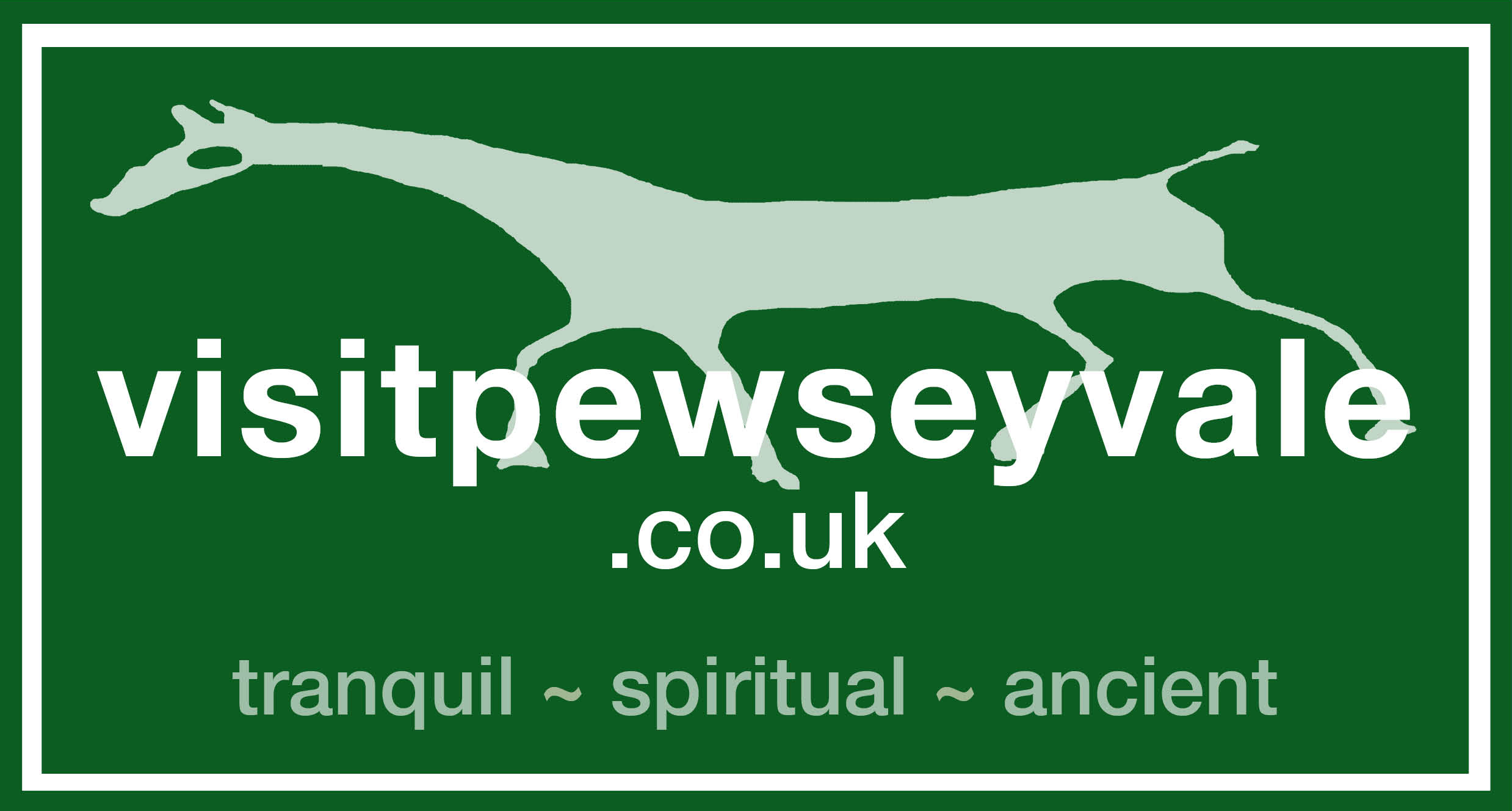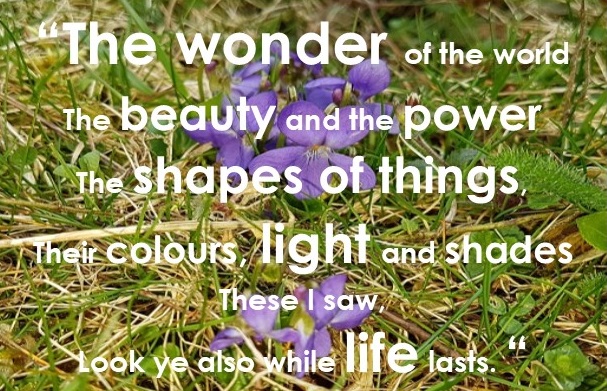
It was Denys Watkins-Pitchford (whose pen name was BB), the great 20th century author, illustrator and countryman, who included this verse, which he found on a Cumbrian gravestone, at the beginning of all his books, We think it sums up how we should look more closely at the natural wonders of the world around us.
The Vale of Pewsey is home to dramatic downland, fertile valleys, ancient woodland and natural chalk streams, so it’s been pretty difficult to select just 7 Wonders of the Vale of Pewsey. These are natural and seasonal events that we think are well worth looking out for and so we have made some recommendations on where and when they can be found.
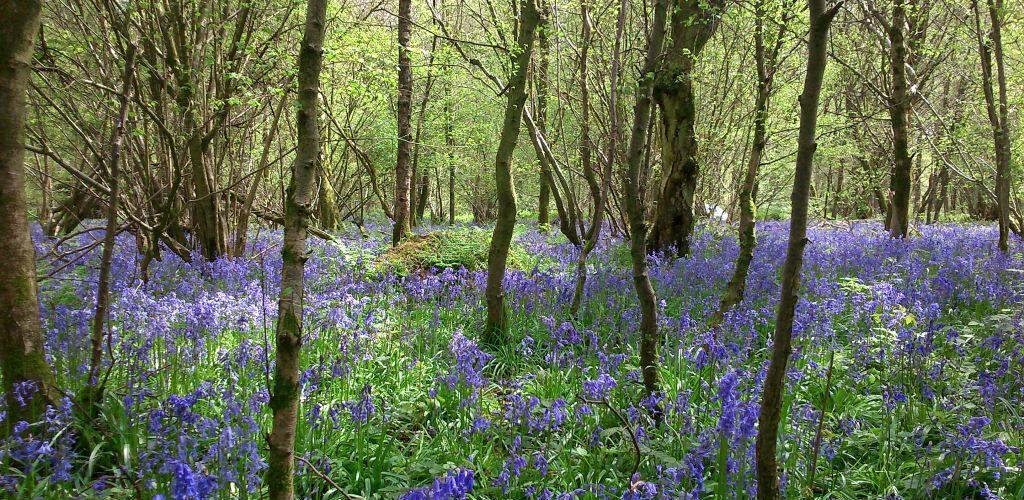
Bluebells
This spectacle takes place in the second half of April and into May – dependent on the spring weather that we get! The sight of bluebells in beech woods under the sun is particularly breathtaking – the silvery-grey bark of the beech trees, against the vivid blue of the bluebells is just mesmerising. And the scent of the bluebells can be overwhelming on a warm day. Our recommendation for bluebells is either Savernake Forest or West Woods.
Swallows & House Martins
Walk around any of the Vale of Pewsey villages from mid-April through to the middle of September (depending on our weather) and you will hear the high-pitched chatter of our favourite summer visitors – the swallows and house martins – and occasionally the “sreee” sound of the swifts. The deep eaves of the cottages and open barns offer ideal places for them to build their nests and raise their broods before they head off back to South Africa – what amazing little birds! Our recommendations for seeing the swooping spectacular are Alton Barnes and Great Bedwyn, although all the villages will have them.
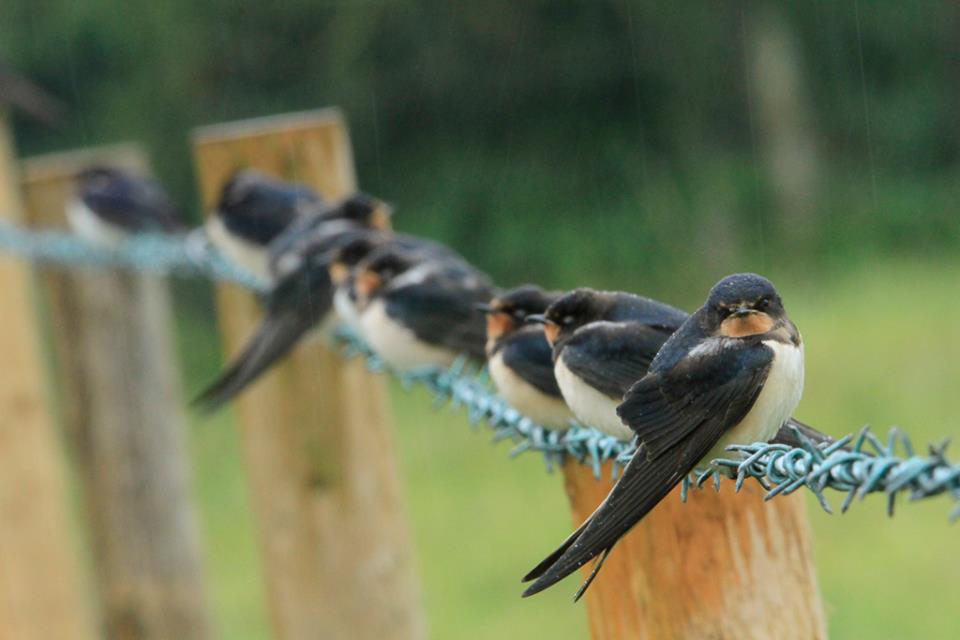
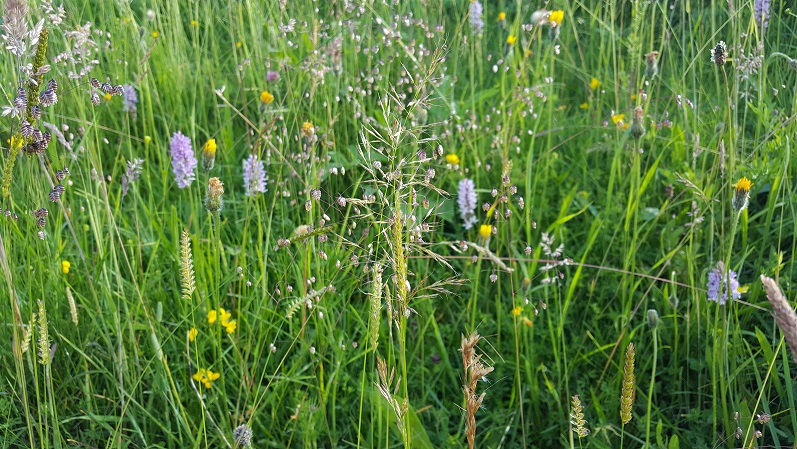
Downland Wild Flowers
The wild flowers on downland start in mid-April and go through to autumn. At their peak, in the summer months of July and August, they are like a jewelled carpet. With this specialist environment, you will see not only specialist flowers, but also specialist insects who feed on them, in particular butterflies such as the Chalkhill Blue. Good places to see carpets of flowers include Wexcombe Down and the Pewsey Downs National Nature Reserve in Alton Barnes.
Kingfishers
Sometimes it’s just a flash of electric blue as the kingfisher whizzes past you, but at other times you get to see them for longer. These beautiful little birds can be found on the River Avon – Upavon and Rushall are good locations for catching a glimpse - and anywhere along the Kennet & Avon Canal.
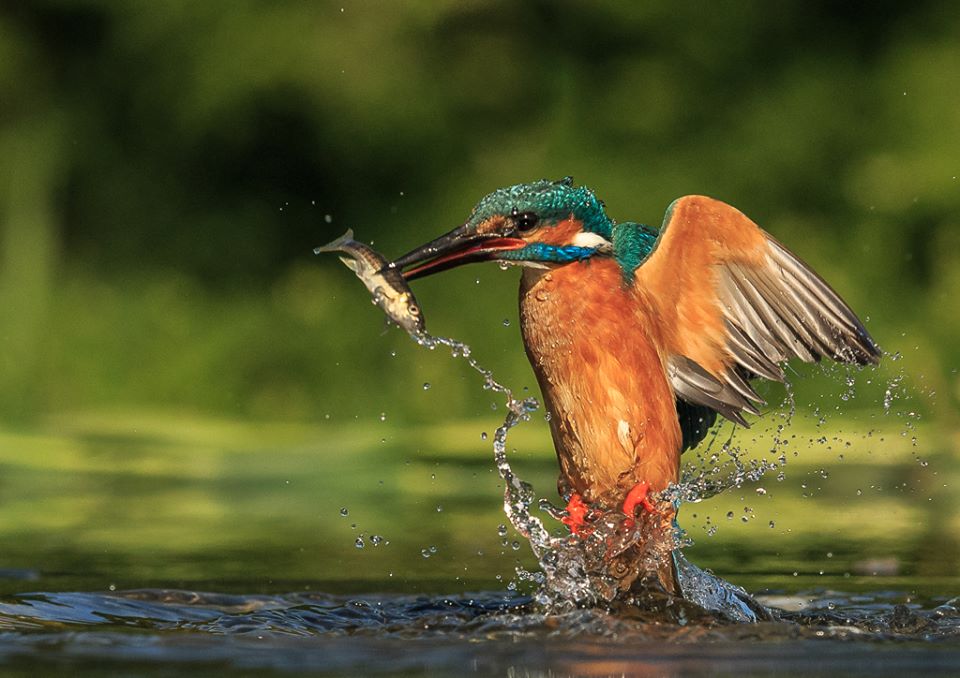
Dark Skies
The Vale of Pewsey is famous for its dark skies – just ask anyone who lives here. With no major towns or cities, the Vale has very little light pollution. Give yourself a clear night in summer and lie down on a patch of grass, get your eyes adjusted and just watch those stars. Clear winter evenings are also great for watching the skies, but it will be a bit colder – we wouldn’t recommend lying on the ground, but perhaps take a flask of something hot, wrap up well and find a bench. Martinsell Hill and Alton Barnes are ideal locations with benches.

White Horses
No, not real ones – but the ones carved into the chalk downland surrounding the Vale of Pewsey. Ok, not exactly a natural wonder, but what it does show you is the amazing chalk just below the surface of the ground. It is because of this chalk that the downland is home to so much wildlife and so many wild flowers. In fact, the downland would have originally been covered in trees but clearance of the land started back in the Neolithic era, 4000 or so years ago, in order to create grazing for their animals. White horses are located at Pewsey on Pewsey Hill and at Alton Barnes.
Dawn Chorus
With low levels of road noise, it is easy to find a place to listen to the Dawn Chorus. Take your phone with you (on mute of course!) and use it to record this fantastic experience.
The best time to hear the Dawn Chorus is April and May and hence the International Dawn Chorus Day is always on the first Sunday of May.
You will need to get up early! It is recommended that you are ready and in place by 4am in early May. Any village location will have the most spectacular dawn chorus as this is where you will find many of the songbirds that make up the orchestra.
It’s normally started by the master of the singing craft, the blackbird. Closely followed by the melodic tones of the robin, wren and chaffinch. The pheasant will join in at some point as well as warblers, greenfinches, dunnocks and goldfinches. And you are bound to hear a wood pigeon or two and probably a collared dove. The house sparrows are often the last to join in with their constant chatter.
If you are a beginner to birdsong, then the website of Songbird Survival has lots of information, including all the different birds' songs and things for children to do.
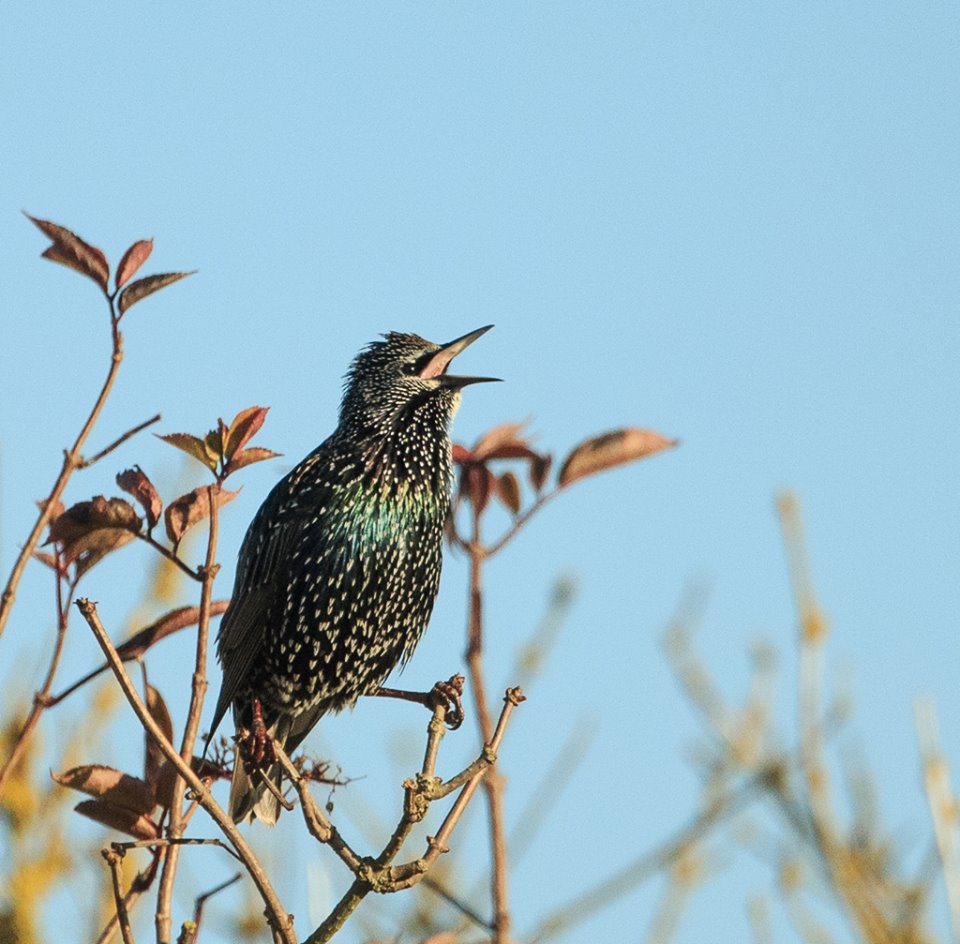
Our thanks to David White for his fabulous images of the kingfisher, swallows and starling.
